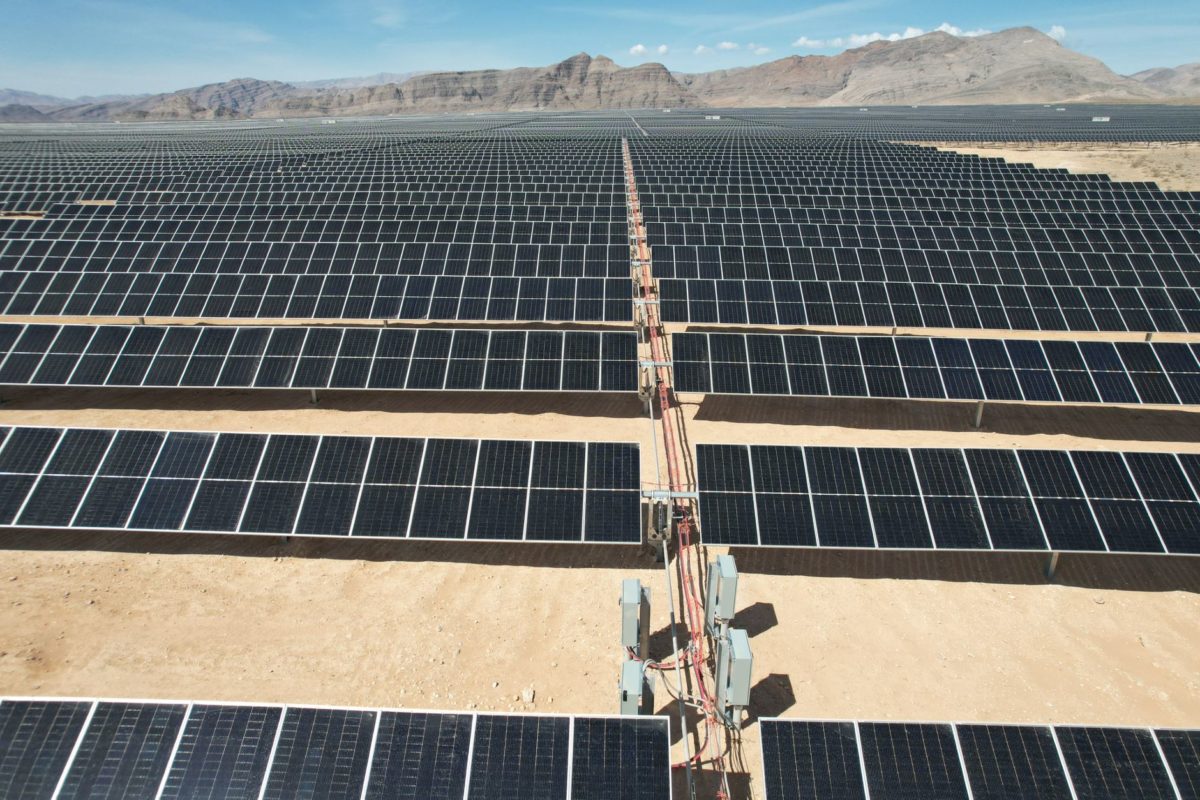The full impact of the Inflation Reduction Act from the extension of the Investment Tax Credit for solar and the advent of a storage ITC has not created smooth sailing for the utility solar market. The 2022 storm of challenging trade policy, supply chain constraints and rising equipment costs curbed utility solar installations to 10 GW, halting year-over-year growth for the first time since 2017.
A recent report from Wood Mackenzie, 2023 Outlook: Brighter skies for US solar in 2023?, indicates the utility solar development market will reset in 2023 back to achieving a growth clip, but first after tradewinds subside and the IRS provides clarity on tax credit adders to the massive IRA’s adders.
In 2022 the anti-circumvention investigation by the Department of Commerce froze project installations and power purchase agreement negotiations, as 85% of total module imports could be subject to tariffs of up to 240%. The government’s implementation of the Uyghur Forced Labor Prevention Act (UFLPA) limited module supply as Customs Border and Protection (CBP) seized module shipments until buyers proved the traceability of quartzite.
UFLPA-detained modules are starting to be released from a 9 GW seizure by customs, and Wood Mackenzie cites another industry report for clarity on this number. The 2022 actions reduced module supply by 18% compared to 2021, though smooth sailing is expected by second half 2023 as shipments of modules are released and stability sets in.
Various media reports over the fall, as well as a research note by ROTH Capital Partners managing director Philip Shen, reported the customs authority released detained models between October and December.
The fine print from the IRA has painted 2023 as a transitionary year in which the IRS and various agencies interpret and lay out the many bullet points that the IRA outlines for the solar industry, including prevailing wage and apprenticeship mechanisms, the energy community, domestic content, and low income benefit adders, and the advanced manufacturing tax credit (AMTC).
In the months following the IRA’s passing, various global suppliers announced a commitment to source over 72 GW of solar manufacturing capacity in the US by 2026, buttressed by the guaranty of the AMTC for a domestically sourced supply chain.
The creation of the US Solar Buyer Consortium, a collective of developers forming a pact to buy US-made modules, made an effort behind the sourcing of $6 billion of US solar panels. The consortium created long-term partnerships to supply up to 7 GW of panels annually starting in 2024, with First Solar, Enel and QCells among the companies making commitments to produce American PV modules.
Wood Mackenzie projects the share of utility solar-plus-storage developments in 2023 will surpass 30% of the share of solar projects to add energy storage, an increase from 25% throughout 2022, thanks to the passage of the standalone storage ITC and long-term certainty from the 30% solar ITC.
Batteries are increasing in corporate offtake agreements as companies seek out 24/7 clean energy, demand charge reduction and virtual power plant methods of supporting their environmental, social and governance (ESG) strategy. With more than 33 GW of utility projects having a commercial operations date in 2023, Wood Mackenzie expects more than 7 GW of storage to come online this year.
The research firm projects that 8 GW of end-of-life cycle solar assets, or projects that will reach at least ten years of operating life, will provide repowering, decommissioning or otherwise module recycling opportunities in the year ahead. With many states increasing the scrutiny over the cost of reusing silicon and copper, companies such as SolarCycle are finding utility partners such as Silicon Ranch to avoid modules entering the trash heap.
European influence on the US renewable energy market, with Enel, EDF and RWE becoming further integrated in the US solar market, has created a more experienced set of domestic module sourcing, recycling and repowering opportunities, as many European firms have already experienced the headwinds of the US industry.
This content is protected by copyright and may not be reused. If you want to cooperate with us and would like to reuse some of our content, please contact: editors@pv-magazine.com.









By submitting this form you agree to pv magazine using your data for the purposes of publishing your comment.
Your personal data will only be disclosed or otherwise transmitted to third parties for the purposes of spam filtering or if this is necessary for technical maintenance of the website. Any other transfer to third parties will not take place unless this is justified on the basis of applicable data protection regulations or if pv magazine is legally obliged to do so.
You may revoke this consent at any time with effect for the future, in which case your personal data will be deleted immediately. Otherwise, your data will be deleted if pv magazine has processed your request or the purpose of data storage is fulfilled.
Further information on data privacy can be found in our Data Protection Policy.